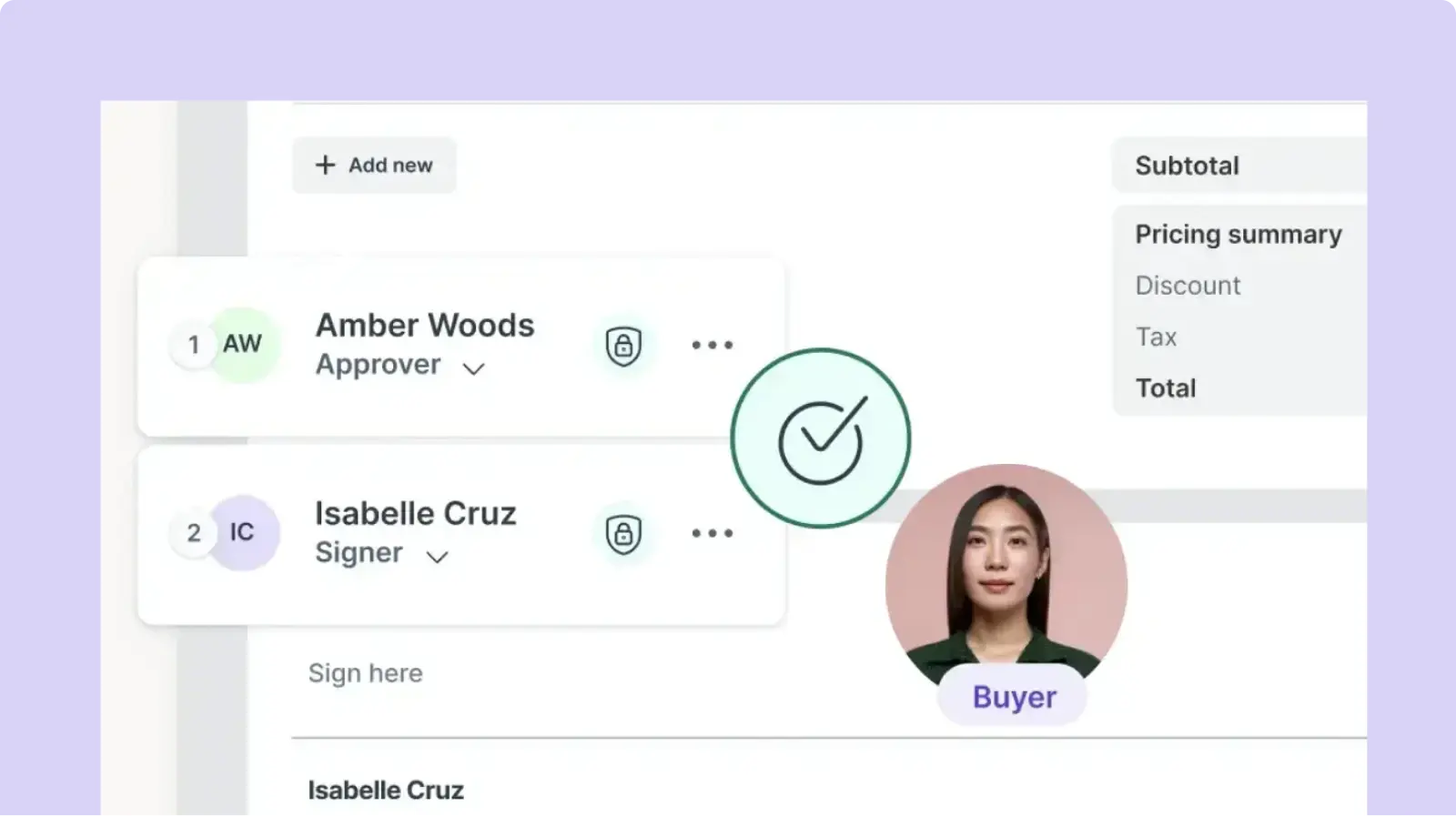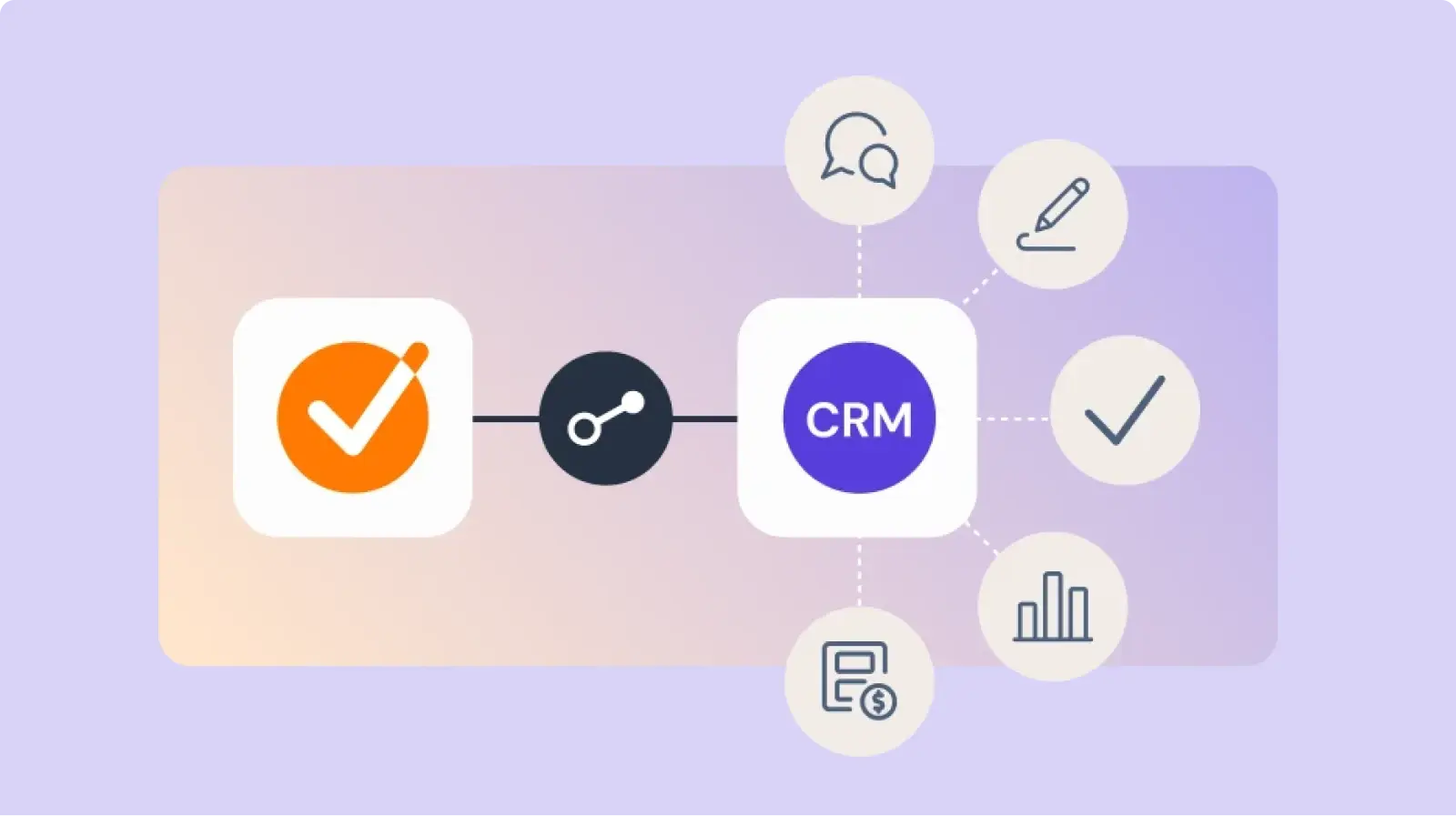Want to keep reading?

7 ways sales engagement improves your sales and customer success
A look at how good sales engagement can improve the buying and selling process.
Read more

Your guide to Deal Room software
Deal Room software is designed to help you optimize your sales processes, engage your buyers, and win more deals — faster.
Read more

Subscribe to our newsletter
We'll help you keep up with what's happening in the world of digital sales.
Read more









